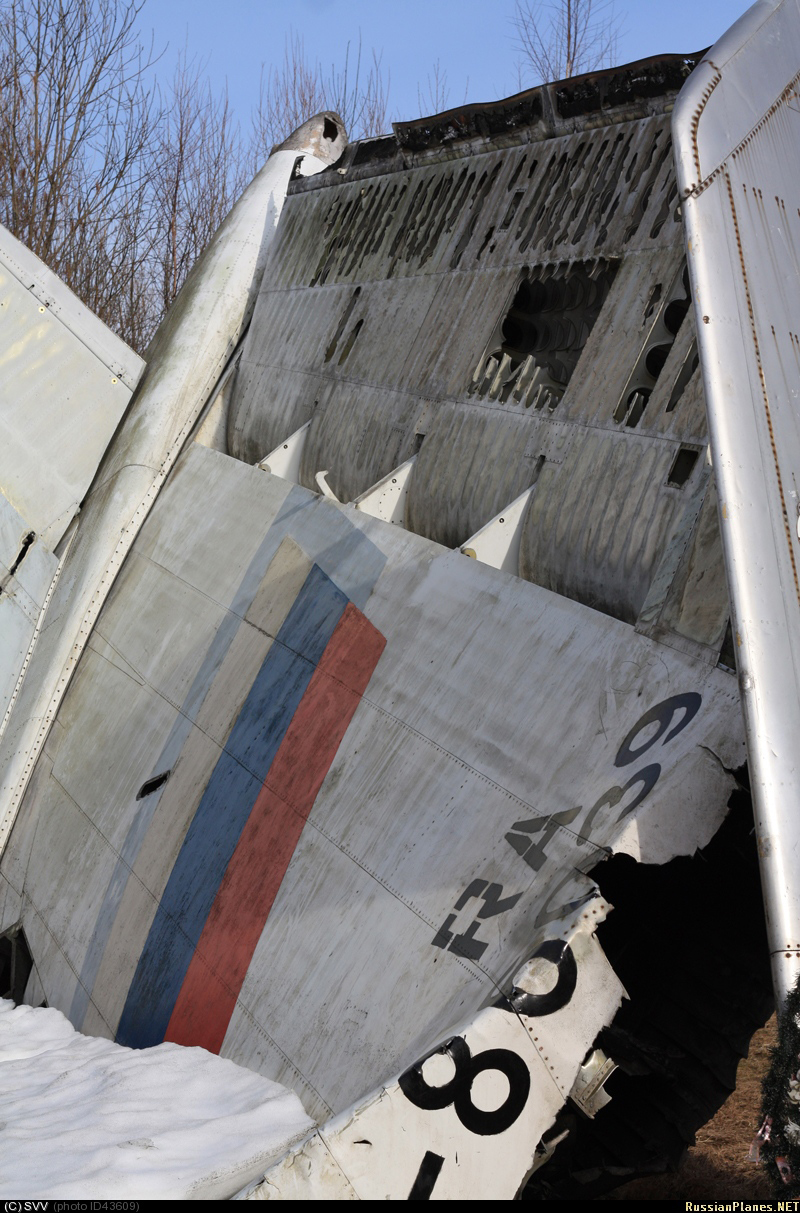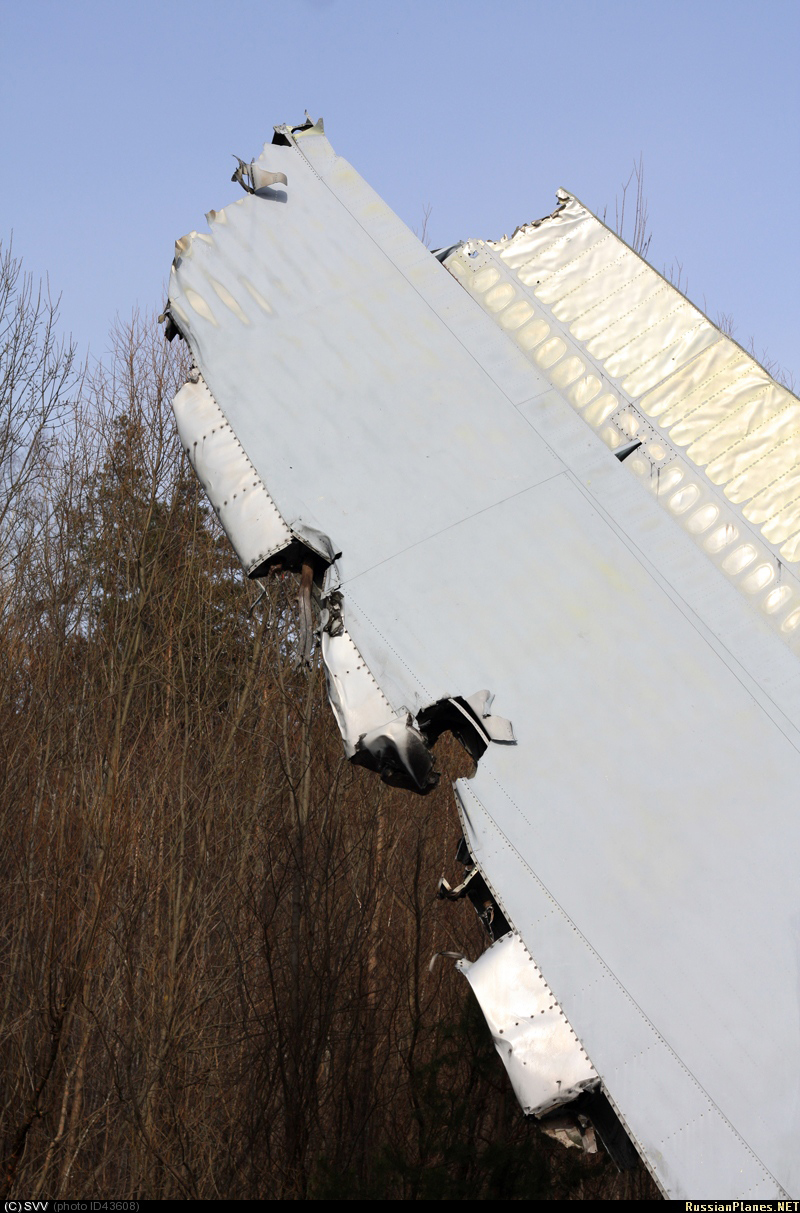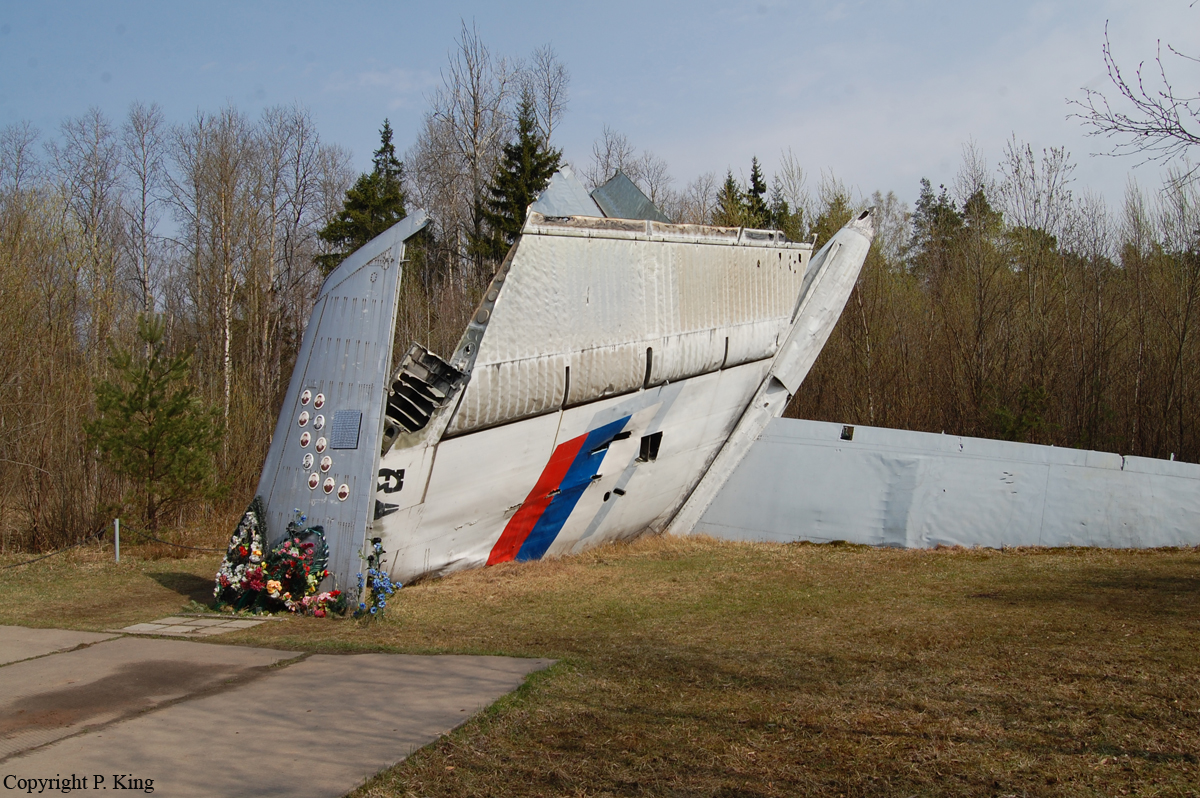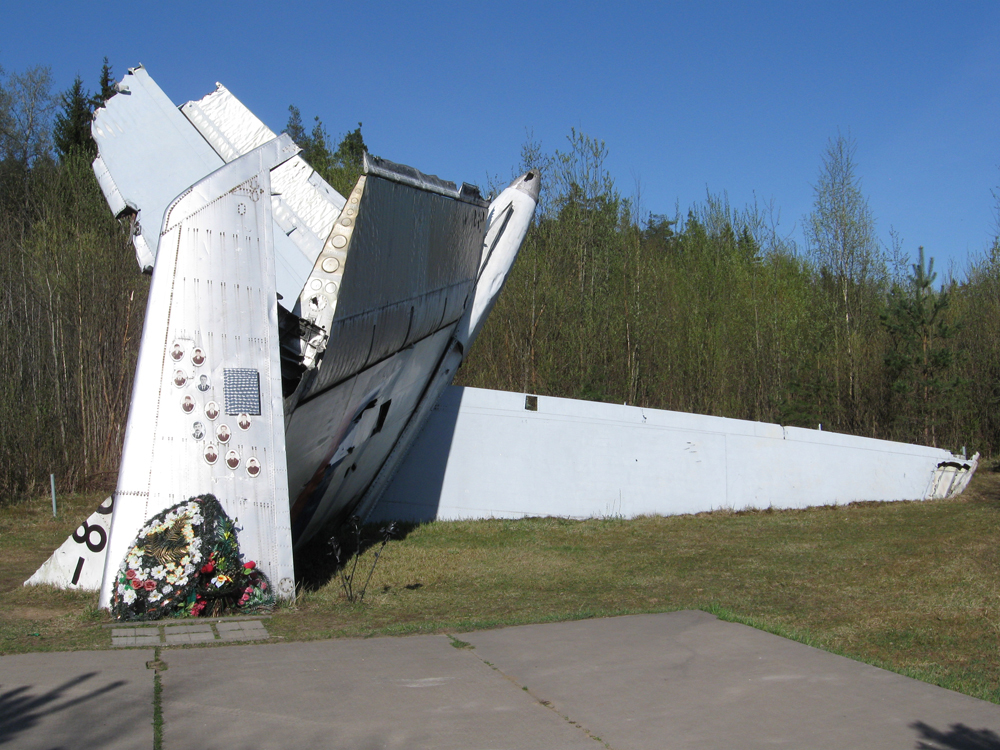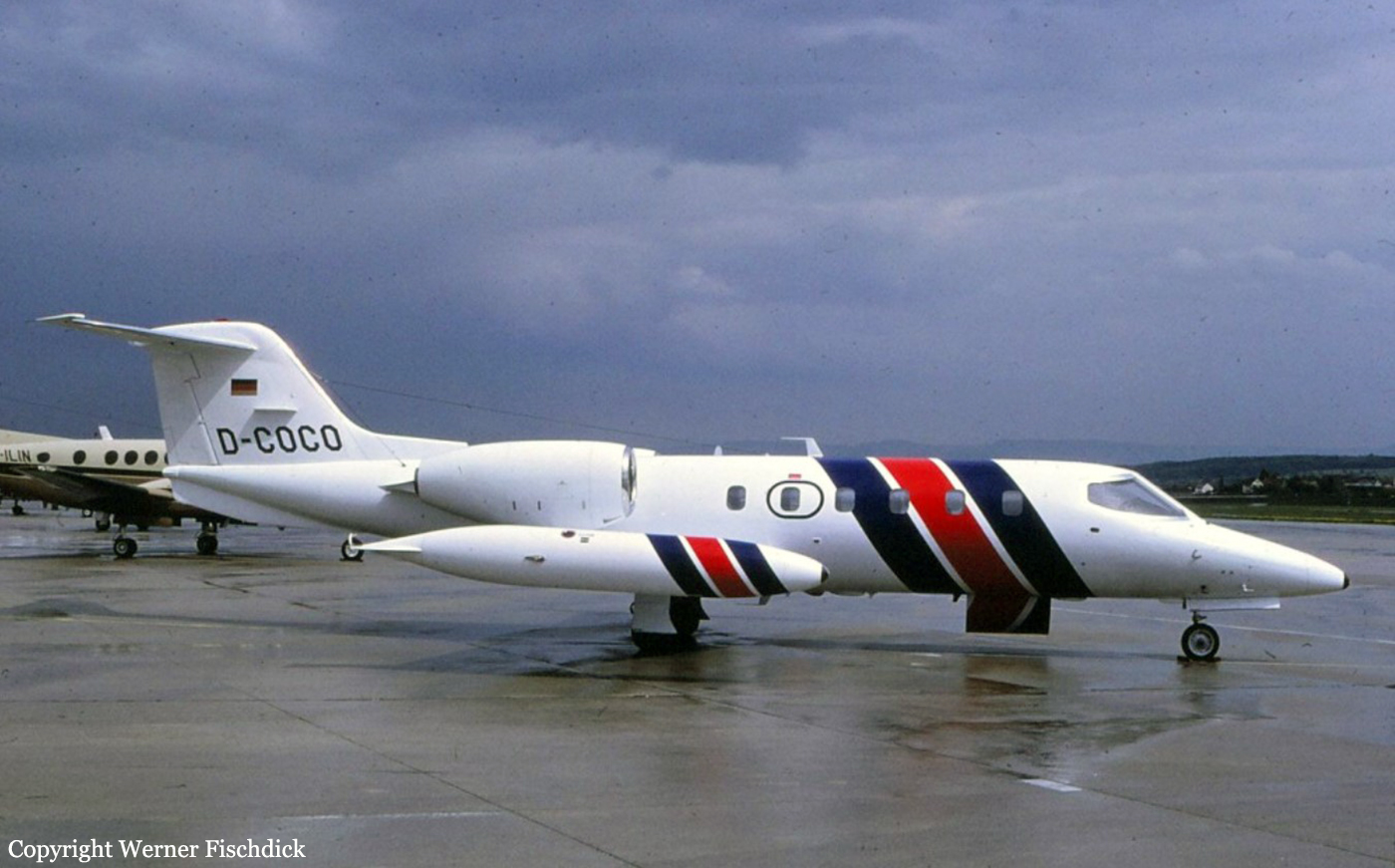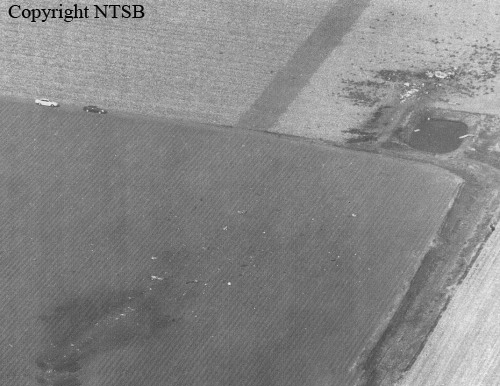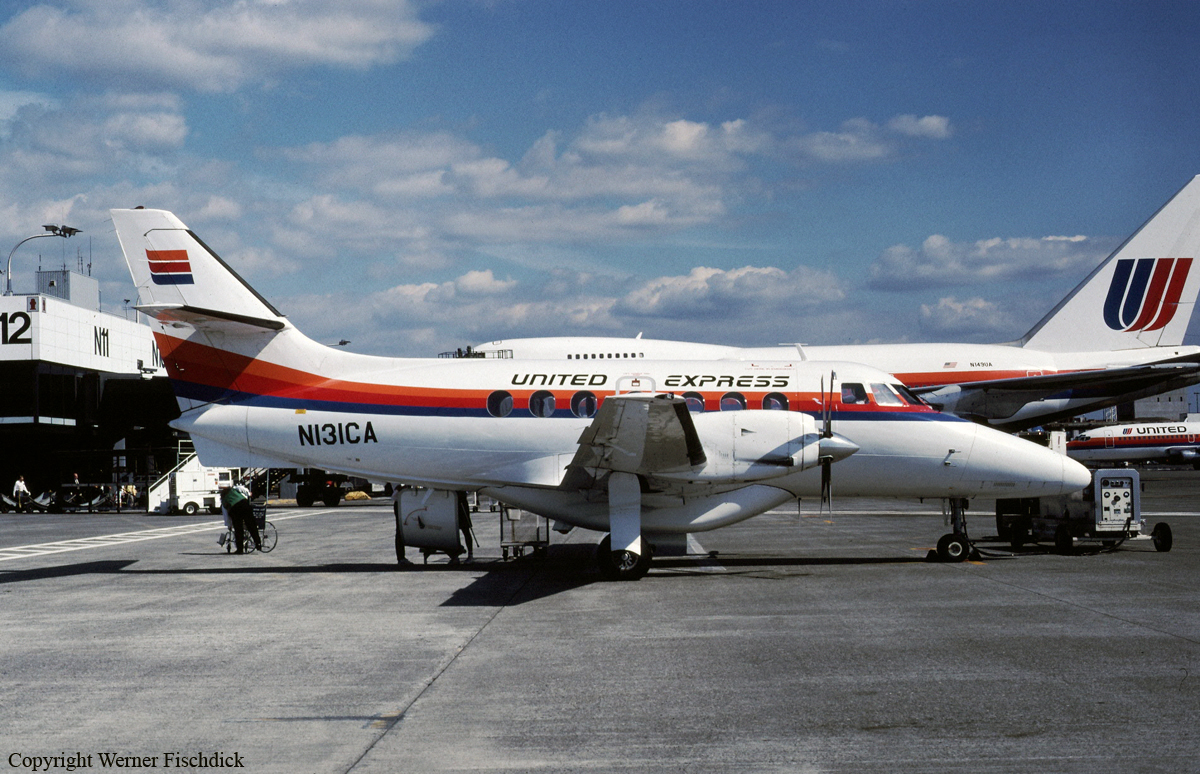Crash of an Ilyushin II-76M in Pskov: 11 killed
Date & Time:
Jul 8, 1993 at 2047 LT
Registration:
RA-86039
Survivors:
No
Schedule:
Pskov - Pskov
MSN:
0934 17518
YOM:
1979
Crew on board:
8
Crew fatalities:
Pax on board:
3
Pax fatalities:
Other fatalities:
Total fatalities:
11
Circumstances:
The aircraft departed Pskov AFB on a local training flight, carrying three passengers, eight crew members and a load of ammunition. After takeoff, while in initial climb, the crew informed ATC that a fire erupted on board and was cleared to return for an emergency landing. The aircraft went out of control and crashed in a wooded area located 3,4 km from the airport and 480 metres to the left of the extended centerline, bursting into flames. The aircraft disintegrated on impact and all 11 occupants were killed.
Probable cause:
The exact cause of the fire on board could not be determined. However, it is believed that fire started in the cargo hold during the takeoff roll or maybe after rotation, probably in a box containing ammunition. Fire and explosion damaged elevator control systems, causing the aircraft to become uncontrollable.
